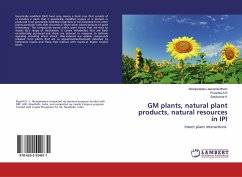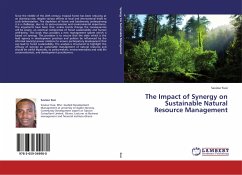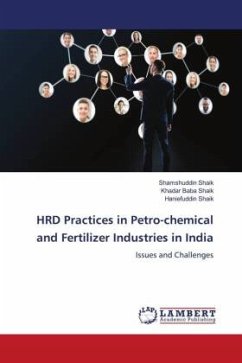Indian mustard [Brassica juncea (L.) Czern & Coss] is an important oilseed crop. It belongs to family (Brassicaceae) Crucifereae. Indian mustard is natural amphidiploids having 36 chromosomes (2n). It is self-pollinated but certain amount of pollination (2-15%) occurs due to insects and other factors. The largest cultivation of Brassica crops is done for edible vegetable oil production. They also play a pivotal role in world's agricultural economy and are recognized for their long history of cultivation and varied uses. They are widely cultivated throughout the world as condiments and spices for improved flavour of human diet and as fodder crop for livestock feeding. The oilseed Brassica crops are generally grouped as rape and mustard. Commonly cultivated species are B. compestris var. Sarson Prain. Yellow and brown sarson; B. campestris var. toria; B. juncea Czern and Coss; rai and Eruca sativa Lam.: taramira. They are second most important oilseed crops of India after groundnutin terms of area and production.








